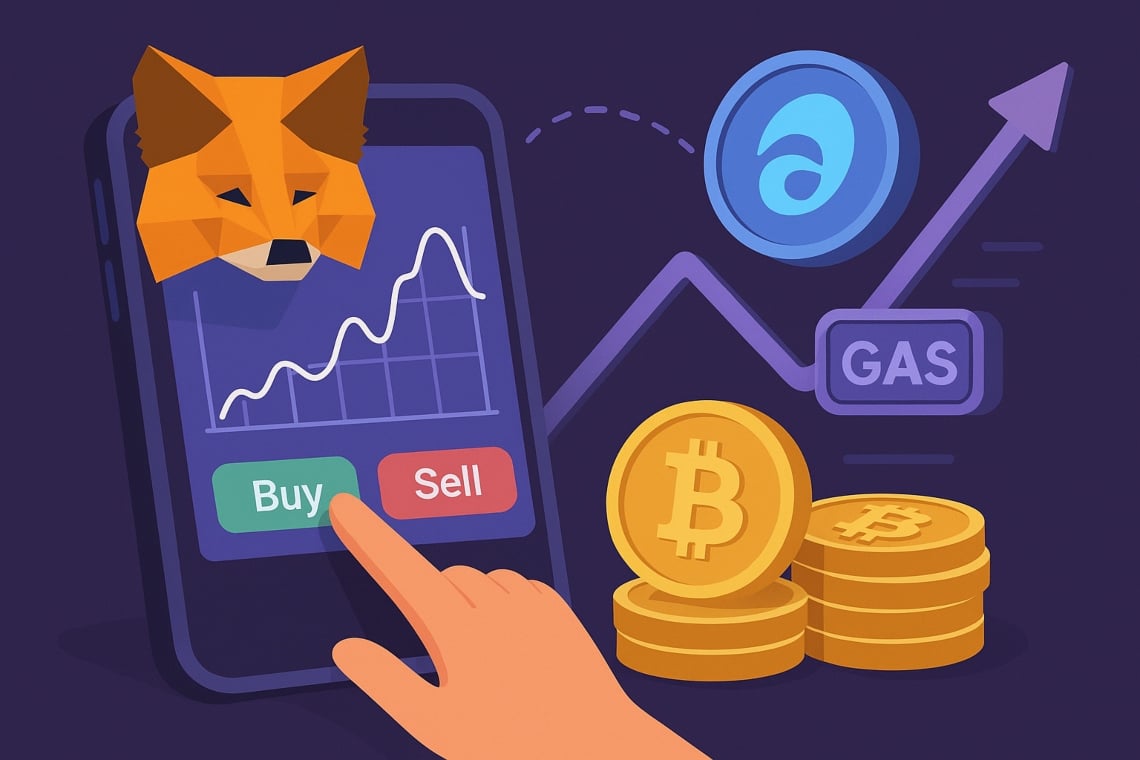Iris Coleman
Sep 29, 2025 15:07
NVIDIA unveils Isaac Lab 2.3, boosting robot learning through whole-body control, enhanced teleoperation, and new data generation techniques, according to NVIDIA’s developer blog.
The latest release of NVIDIA’s Isaac Lab, version 2.3, is poised to transform the field of robot learning by introducing advanced whole-body control, improved teleoperation, and innovative data generation workflows. The update, currently in early developer preview, promises to streamline robot policy training and deployment, according to NVIDIA’s announcement.
Advanced Robot Learning Capabilities
Isaac Lab 2.3 introduces a sim-first approach, which reduces the risks and costs associated with real-world demonstrations. This methodology enhances the adaptability and safety of robot deployments. Key improvements include advanced whole-body control and enhanced imitation learning capabilities, which are crucial for humanoid robots.
Enhanced Teleoperation and Data Collection
The new version expands teleoperation support to include devices such as Meta Quest VR and Manus gloves, facilitating the accelerated creation of demonstration datasets. This expansion is critical for developing more sophisticated robot policies through comprehensive data collection.
Reinforcement and Imitation Learning Innovations
Isaac Lab 2.3 is equipped with new reinforcement and imitation learning samples, extending its capacity to handle complex dexterous manipulation tasks. The update features Automatic Domain Randomization (ADR) and Population Based Training (PBT) techniques, which enhance reinforcement learning scalability.
Improved Teleoperation for Dexterous Manipulation
The update includes teleoperation support for the Unitree G1 robot, featuring dexterous retargeting capabilities. This process translates human hand configurations to robot hand joint positions, improving performance on contact-rich tasks and enabling efficient human-to-robot skill transfer.
Collision-Free Motion Planning
The introduction of SkillGen, a workflow for generating adaptive, collision-free manipulation demonstrations, marks a significant advancement. It enables learning from a few human demonstrations by combining subtask segments with GPU-accelerated motion planning.
Loco-Manipulation and Policy Evaluation
Isaac Lab 2.3 also focuses on loco-manipulation, integrating locomotion and manipulation tasks to produce comprehensive robot demonstrations. Furthermore, NVIDIA, in collaboration with Lightwheel, is developing Isaac Lab – Arena, an open-source framework for scalable simulation-based policy evaluation.
For further insights and access to the early developer release of Isaac Lab 2.3, visit the NVIDIA developer blog.
Image source: Shutterstock
Source: https://blockchain.news/news/nvidia-isaac-lab-2-3-enhances-robot-learning


